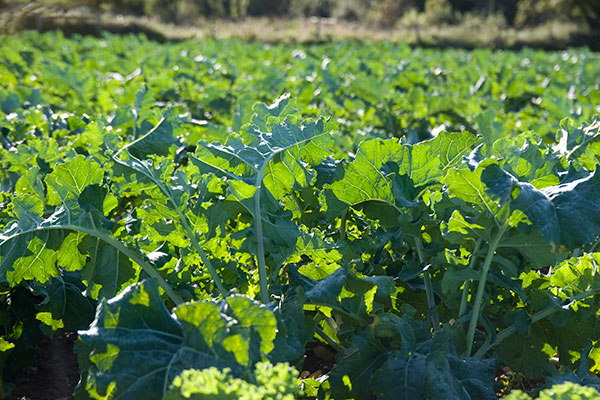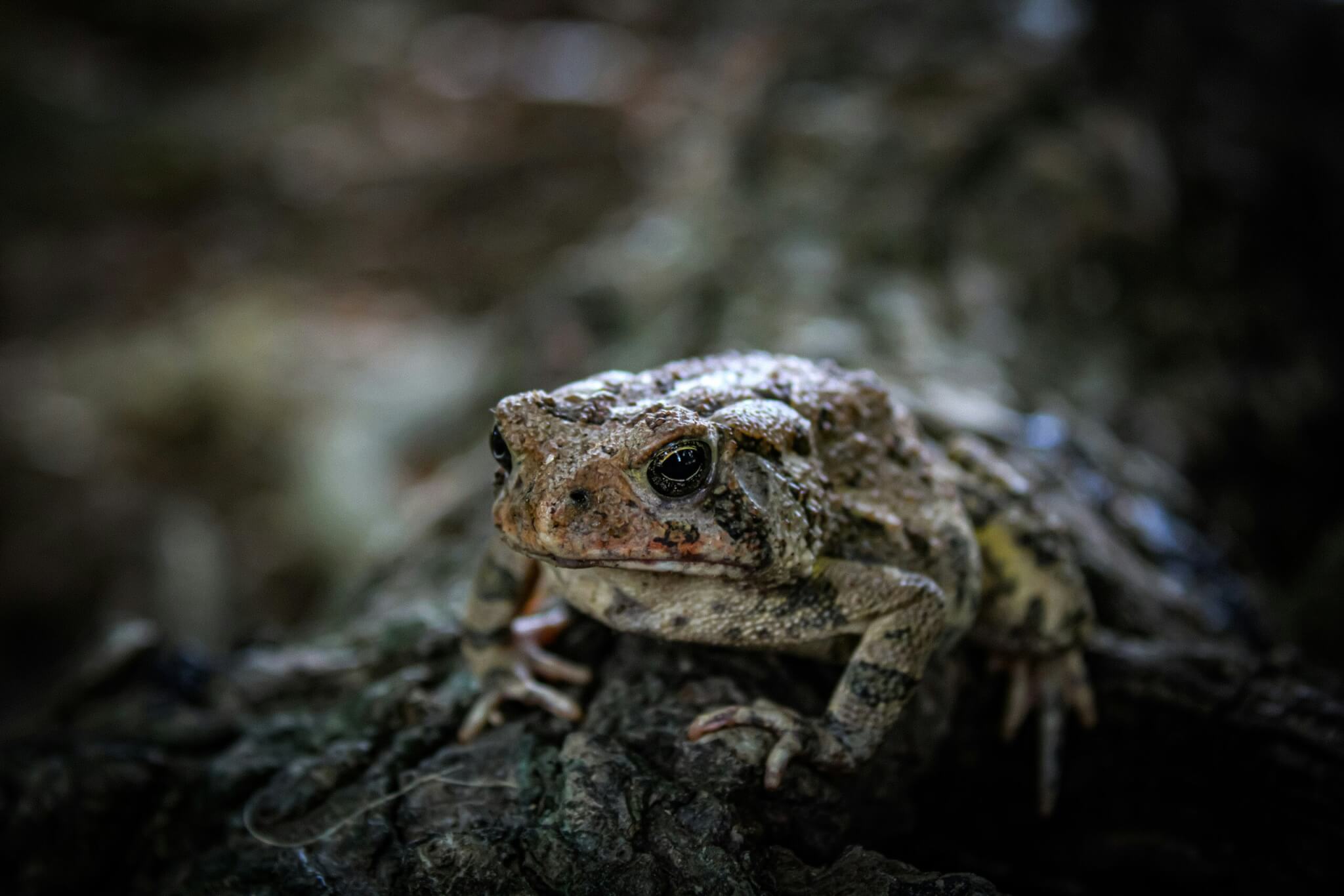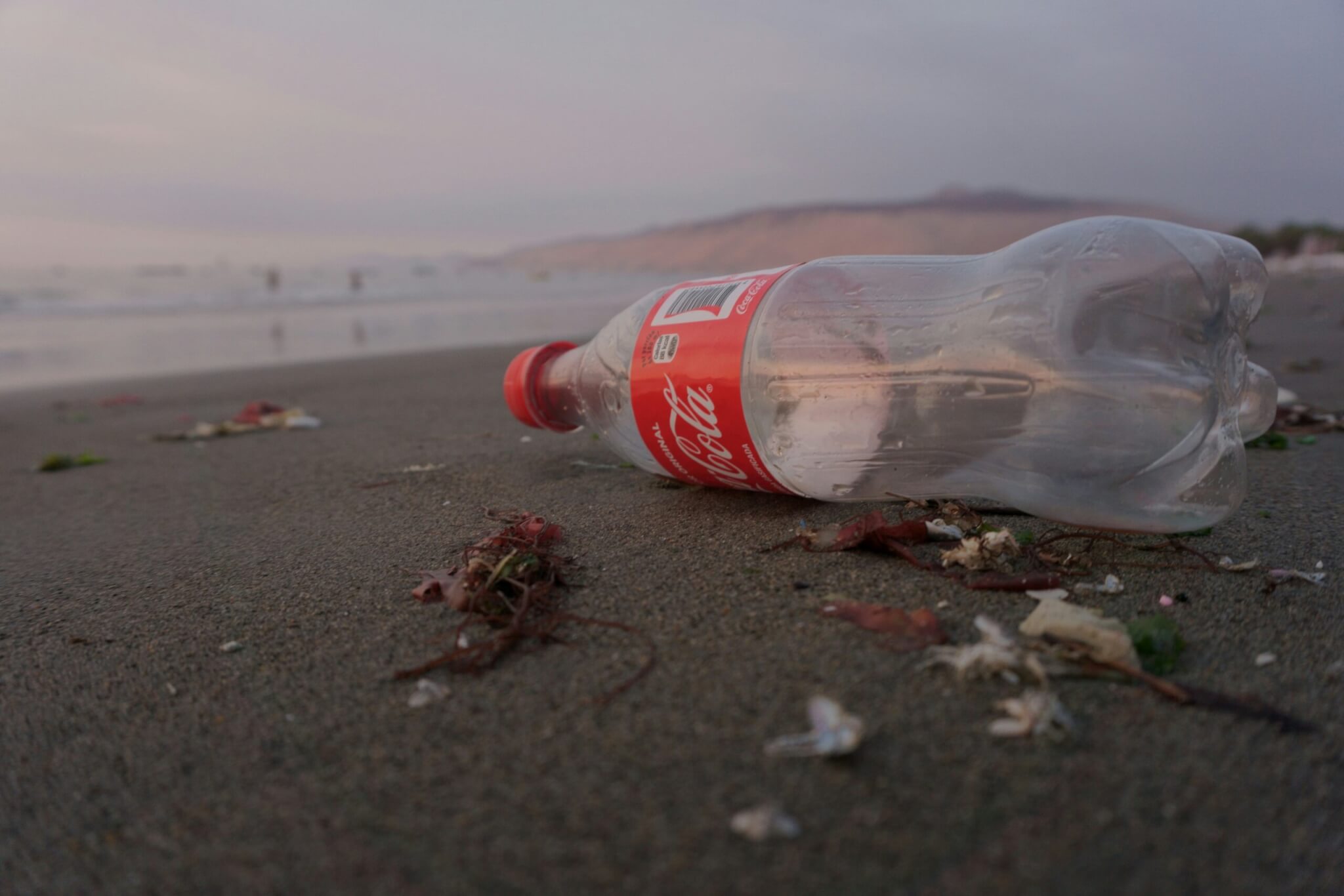After two weeks of warm, dry and bright weather, it is tempting to start spreading muck and even ploughing our better drained slopes in preparation for early plantings. In the most favoured coastal areas of West Cornwall, a few
early potatoes will be planted this week under warming crop covers. But with plenty more winter still to come, these crops will arrive no earlier than those planted into warming soils in February or even March; indeed, it is not unlikely
that they will rot in the cold, wet ground. So why take the gamble of planting early? I put it down to a combination of annually recurring impatience and the fear that, like last year, we will not see the ground this dry again until April.
On our farm in France, we will make a start on planting next week; temperatures are no higher than here yet, but better light seems to give plants enough energy to survive the weeks of damp and cold expected before the
soil starts to warm. In Devon, we will wait another month, for the sun to be a little higher and the days a little longer, and hope for another chance. Despite rising average temperatures, climate change has, if anything, made us more
conservative and risk-averse in our planting dates; averages hide the impact of the unpredictable extremes.
Pushing the boundaries with early and late plantings too often gives poor crops, and the damage caused by cultivating and harvesting in poor conditions makes it questionable both economically and environmentally. Sometimes it is better to truck a lettuce, cabbage or bean from an area where conditions allow for better crops with lower inputs. While we wait, our field team are harvesting leeks and kale.
Kales that survived a summer drought and grew well through autumn are now wilting in the lower areas, without the dew even evaporating from their leaves. All brassicas hate having wet feet; the clay soils that hung on to moisture and saved the crop during the summer are poorly drained in winter, and became waterlogged in the two very wet months before Christmas. Persistent lack of air spaces creates anaerobic conditions, with the wrong organisms thriving and producing toxins that cause unseen damage to plant roots and the bizarre sight of wilting in January. Roll on the warmer days of spring.













0 Comments